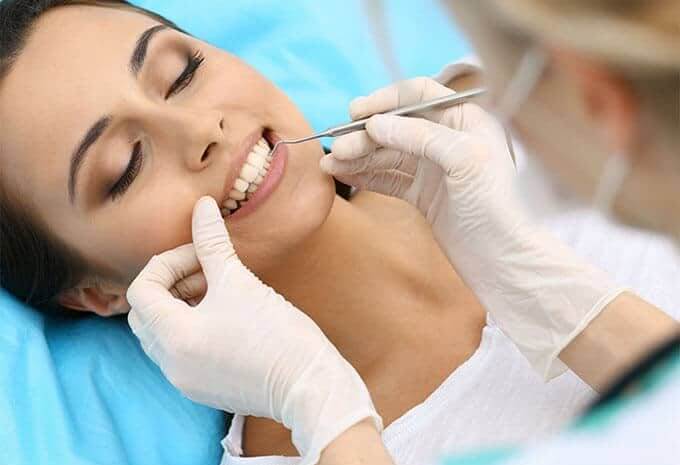Inlays, onlays and dental crowns are most commonly used in general dentistry, but many individuals are exploring them for cosmetic dentistry purposes. Cosmetic dentistry aims to improve the form and function of teeth that are in bad shape, whether due to accidental damage or long-term complications from cavities or infections. Through inlay, onlay and crown placement, individuals can improve the appearance of their teeth and ensure good functionality.
Cosmetic dentistry procedures often used in general dentistry
Below is an overview of inlays and onlays and how they compare to dental crowns when used in cosmetic dentistry. When looking into different treatment options, it can be helpful to review and carefully consider the following information.
Inlays and onlays
When inlays and onlays are used in cosmetic dentistry, the goal is to cover up imperfections in teeth that are typically in the back of the mouth. Both procedures are done when the damage is not minor enough for a dental filling, but not extensive enough for a dental crown. Inlays are placed in between the cusps of molar teeth. Onlays are placed over or more cusps of a tooth. Both of these are fabricated outside of the mouth, then placed at a later time.
Both inlays and onlays are used for cosmetic purposes in general dentistry. Individuals who have cavity damage or spots from cavities can benefit from both procedures to achieve restoration.
Dental crowns
Dental crown placement is a common restoration procedure used in both general and cosmetic dentistry. When used in general dentistry, crowns can restore teeth that are in bad shape due to cavities, decay or an injury. Additionally, they can be used to complete the root canal or dental implant process. As far as cosmetic dentistry goes, dental crowns can be used to cover back teeth that are severely stained, chipped or cracked. In rare instances, a cosmetic dentist may recommend them for teeth that are too small or otherwise misshapen.
Comparing and contrasting
Dental crowns are one of the most effective ways to restore teeth in both general and cosmetic dentistry. They are known to last a long time and completely cover a tooth, which ensures durability and discreteness. However, inlays and onlays are a great cosmetic dentistry option too. They are tooth-colored and typically, small in size, which makes them impossible to notice. One downside is that they do not cover the entire tooth, which means there is a potential for damage to occur.
Learn more about cosmetic dentistry procedures
Inlays, onlays and dental crowns can all be used to repair and improve teeth that are in bad shape. When looking to learn more about these procedures, it is best to consult directly with a cosmetic or general dentist. Questions can be answered, and an evaluation can be done in order to determine which procedure is most suitable. Reach out today to find out more or to get started with an appointment.

